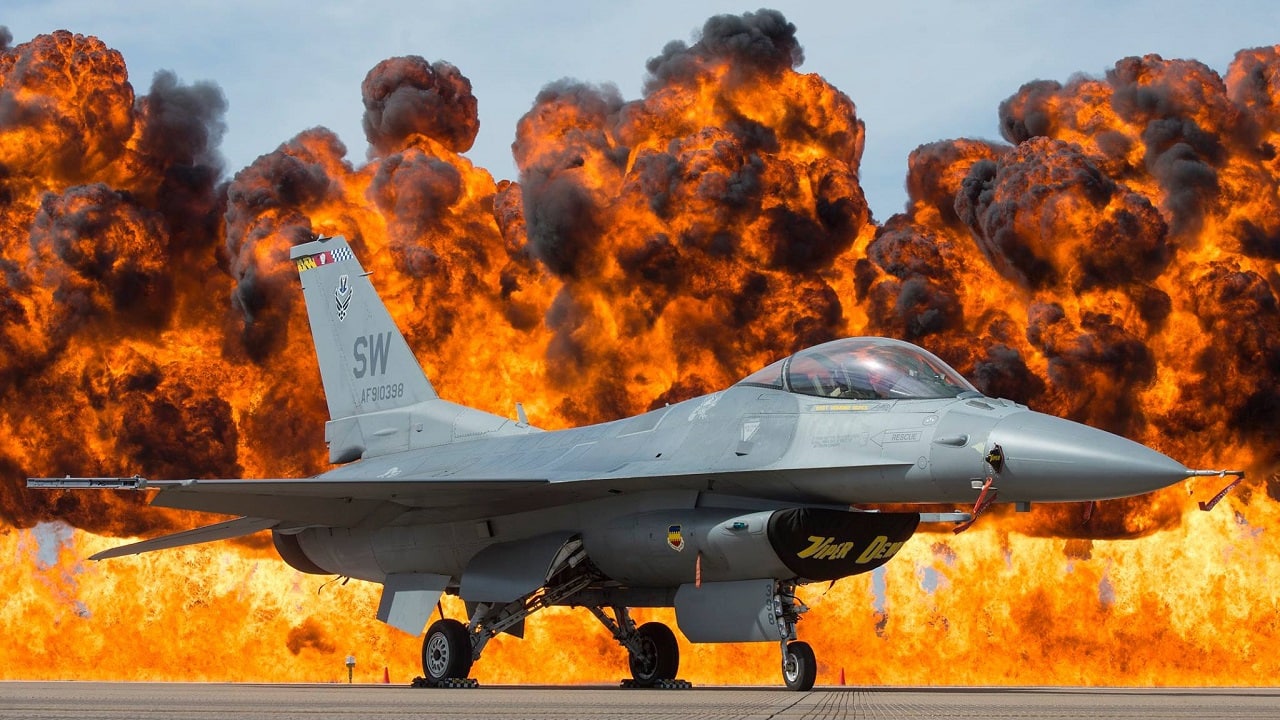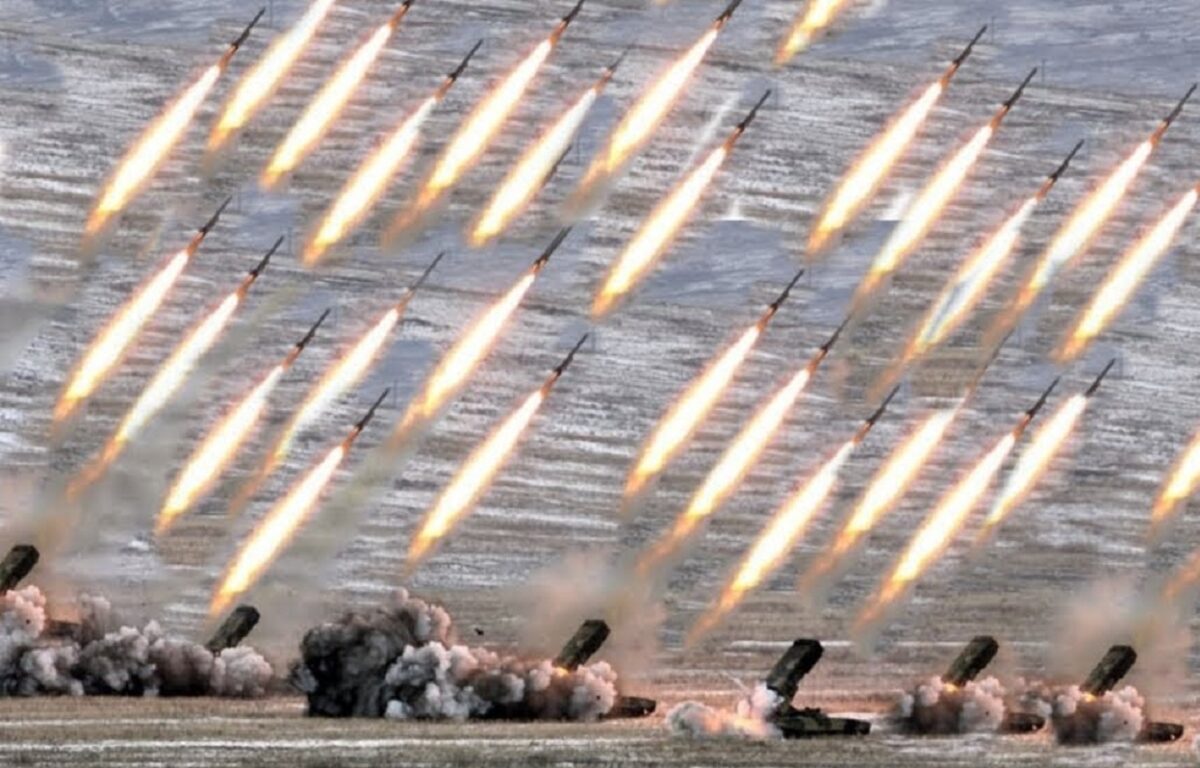Harrison Kass

The United States has been walking a geopolitical high wire for several months, balancing conflicting objectives in the Russo-Ukraine War. On the one hand, the US is working to bolster Ukrainian defenses, allowing Zelensky’s forces to thwart Russian invaders. Simultaneously, the US is being careful not to antagonize Russia to the point of escalation. Obviously, the US is antagonizing Russia – by donating weapons, money, and expertise to the Ukrainian cause. The question, however, is how much can the US antagonize Russia before eliciting escalation.
Early in the conflict, which began last February, there was acute fear that US aid would antagonize Russia to escalation. So far, that has not happened; the Russian tolerance for US assistance appears high – or Russia simply lacks the capacity to retaliate. Russia has sat by while the US-led “West” functionally enables the ongoing Ukrainian resistance.
While the potential for escalation is lower than believed in the Russo-Ukrainian War’s early days, the potential nonetheless remains. Here are some possible escalation ignitors.
A security guarantee, through formal inclusion in the NATO Treaty or some alternative security treaty, could lead to escalation. Russia has been perfectly clear that a Western-aligned Ukraine is strategically unacceptable. Were the West to bring Ukraine formally into the fold, it could provoke a Russian reaction. Then, of course, there is NATO’s Article 5 stipulation; if Ukraine were a member of NATO, an attack against Ukraine would warrant a full-fledged response from NATO’s other treaty members. Article 5 has only been evoked once – after the 9/11 attacks – but never against an opponent as capable of conventional or nuclear conflict as Russia. Any form of security guarantee with Ukraine likely leads to escalation.
Earlier in the conflict, many pundits advocated for the establishment of a Western-enforced No Fly Zone. Wisely, the West demurred. A No Fly Zone over Ukraine would likely lead to escalation with Russia, which could take several forms. One, Russia might forcefully oppose the symbolic and strategic hit a No Fly Zone would impose; Russia may feel incentivized to try and disrupt the No Fly Zone, less they objectively lose control of the airspace over Ukraine. Two, enforcing a No Fly Zone requires the enforcers to engage with violators of the No Fly Zone; so, if a Russian jet entered the No Fly Zone, a western (most likely US) jet would have to engage. A confrontation of this magnitude would be uniquely significant and would certainly lead to broader escalation.
Western “boots on the ground” would be an escalation in and of itself; putting Western troops into the battle space would be a watershed decision that would undoubtedly lead to Western troops coming into direct contact with Russian forces.
The first several months of conflict suggest Russia is maxed out militarily – their logistics are confused, their equipment outdated, their progress marginal; their economy and supply chains are suffering over harsh sanctions. Russia is struggling against a Western-enhanced Ukrainian resistance despite having superior forces on paper. The conflict has been surprisingly balanced – yet if the US or the West puts their thumb on the scale any further, with say enforcing a No Fly Zone, or placing troops in Ukraine, the scale would likely tip in favor of Ukraine – which counterintuitively is quite dangerous; for if Russia is clearly outmatched in a conventional conflict, they may resort to reliance on their sprawling nuclear arsenal. Nuclear strikes would of course decimate Ukraine and perhaps draw the international community into some sort of proportionate response – a situation to be ardently avoided.

Russian TOS-1. Image Credit: Creative Commons.
The ongoing war has been bad for Ukraine. Escalation would be even worse. The US has avoided prompting a Russian escalation. But the US should be facilitating the peace-making process.
No comments:
Post a Comment